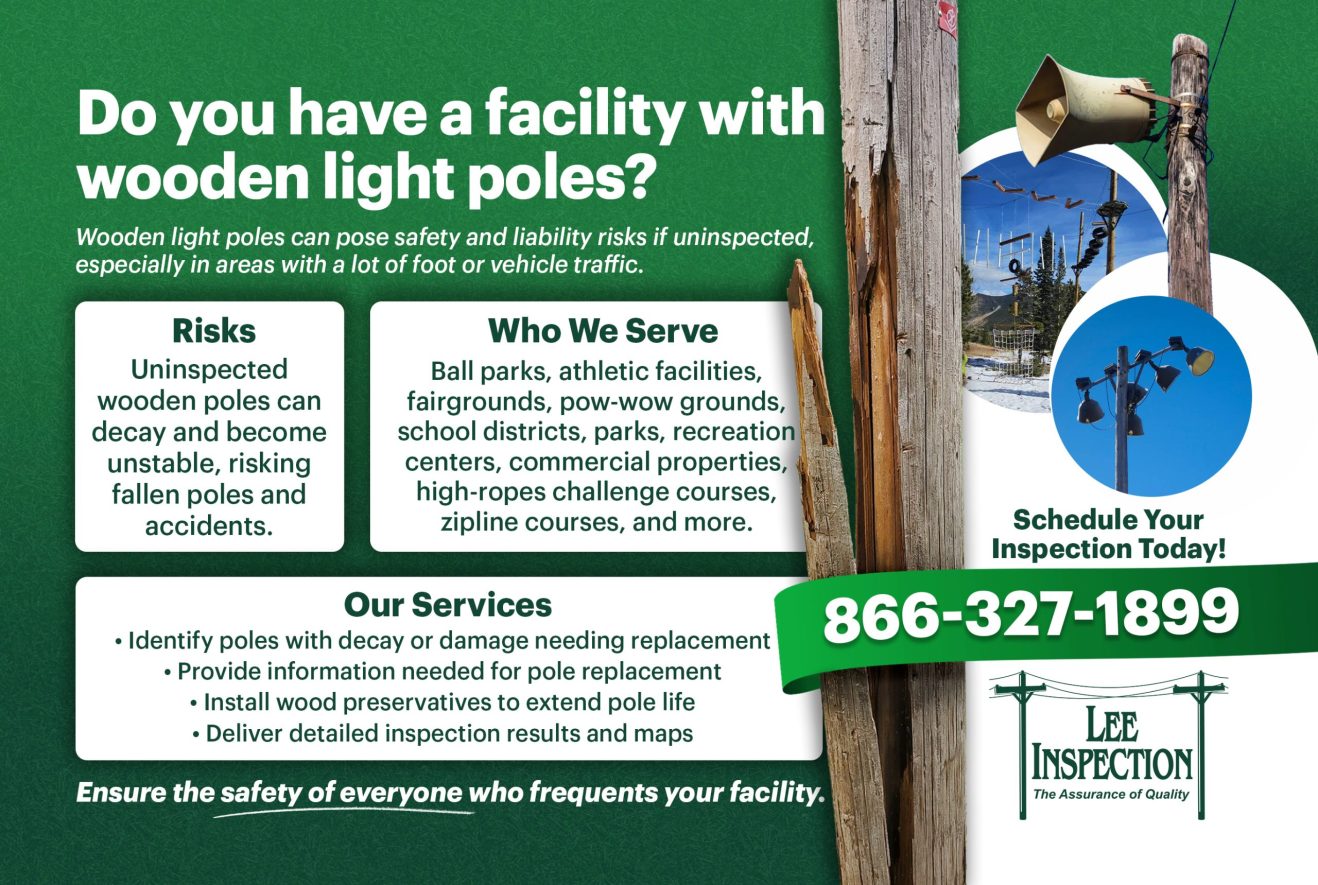Comprehensive Light Pole Inspections – Ensuring Safety and Longevity
Accidents involving fallen light poles at sports complexes and public areas have raised serious safety concerns nationwide. As light poles age, they can suffer from decay or damage, potentially compromising their stability. With many people frequently around these poles during sporting events and recreational activities, the risk associated with a deteriorating pole is significant. To address this risk and ensure safety, routine inspections by qualified professionals are essential to identify poles that require maintenance or replacement. At Lee Inspection, we provide thorough and reliable light pole inspections to help mitigate these risks. Our Service Include: Who We Serve:

Ensure the safety and longevity of your light poles with Lee Inspection's expert services. Contact us today to schedule an inspection and protect your facilities from potential hazards.
